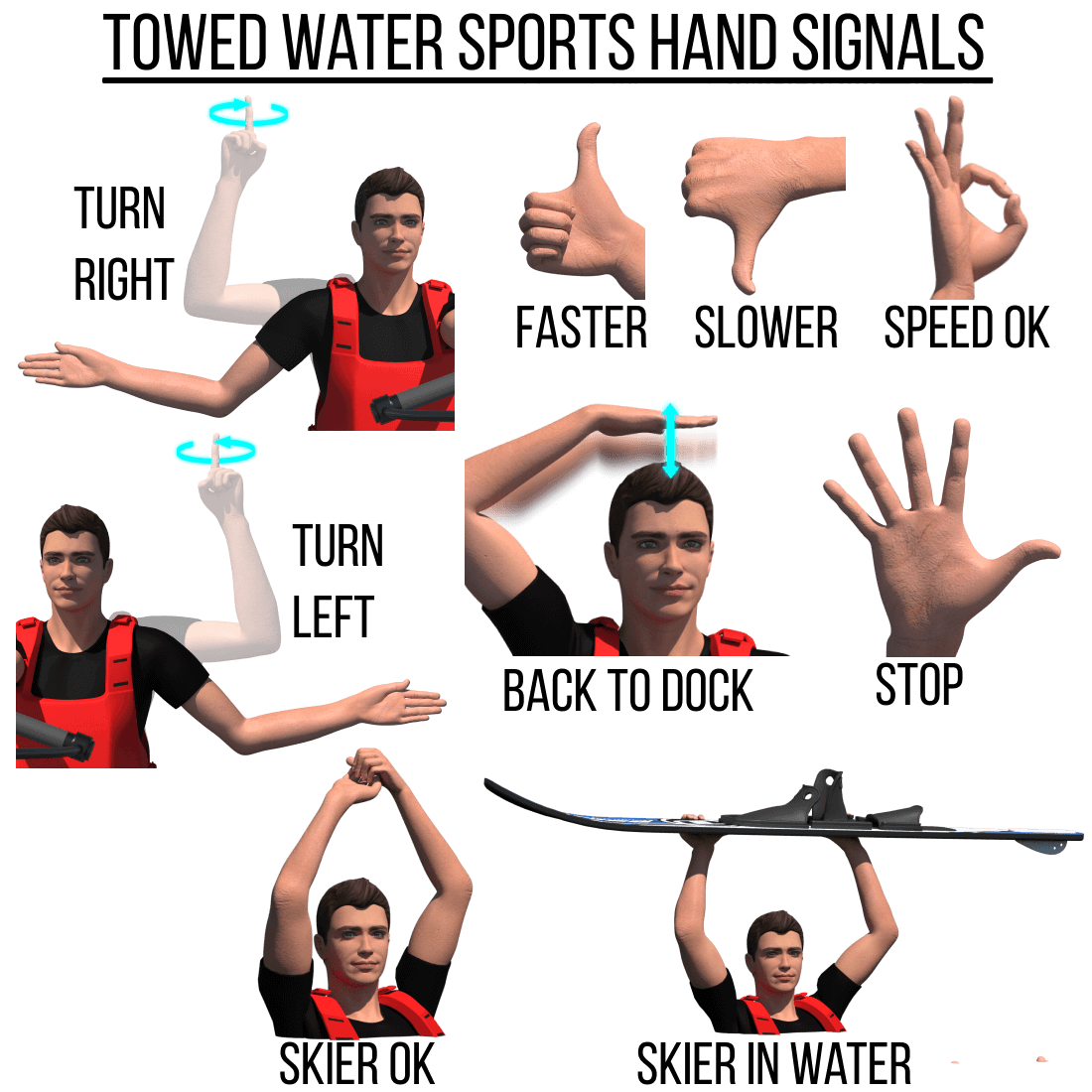Wake Surfing Safety 101: How to Stay Safe on the Water

Wake Surfing Safety 101: How to Stay Safe on the Water
Wake surfing is an exciting way to enjoy the water, but it comes with unique risks. Following proper safety practices ensures everyone has fun while staying out of harm’s way.
1. Wear a Coast Guard-Approved Life Jacket
Even if you’re a strong swimmer, a properly fitted life jacket is essential. It keeps you afloat if you fall and makes it easier for the boat operator or spotter to help you quickly.
2. Have a Knowledgeable Spotter on Board
A dedicated spotter should always watch the wake surfer and communicate with the boat operator. This ensures the boat can respond immediately if something goes wrong.

3. Use Proper Equipment
-
Tow Rope: Use a rope specifically designed for wake surfing. Avoid ropes used for water skiing or tubing.
-
Board: Make sure your wake surfboard is in good condition and appropriate for your skill level.
-
Boat: Use a boat designed for wake surfing, which usually has ballast systems to create an ideal wake.
4. Understand Hand Signals
Establish clear hand signals between the surfer, spotter, and driver to communicate speed adjustments, stops, or emergencies.

5. Maintain a Safe Distance
-
Keep at least 200 feet from docks, swimmers, or other boats.
-
Avoid crowded areas and restricted zones.
6. Start Slowly
Begin at a low speed and gradually increase as the surfer gains confidence. Speeds for wake surfing usually range between 10–14 mph, depending on the surfer’s experience.
7. Avoid Alcohol
Never operate the boat or surf under the influence. Alcohol significantly increases the risk of accidents.

8. Know the Rules and Local Laws
-
Follow U.S. Coast Guard regulations and local boating laws.
-
Check for no-wake zones, speed limits, and other restrictions in your area.
- Ensure the operator has taken a boater education course
9. Practice Falling Techniques
Falling is inevitable. Encourage surfers to fall away from the board and avoid putting hands out to stop themselves, which can cause injury.
10. Keep an Emergency Plan
-
Have a first aid kit on board.
-
Ensure all passengers know how to use safety equipment.
-
Keep a phone or VHF radio nearby for emergencies.
